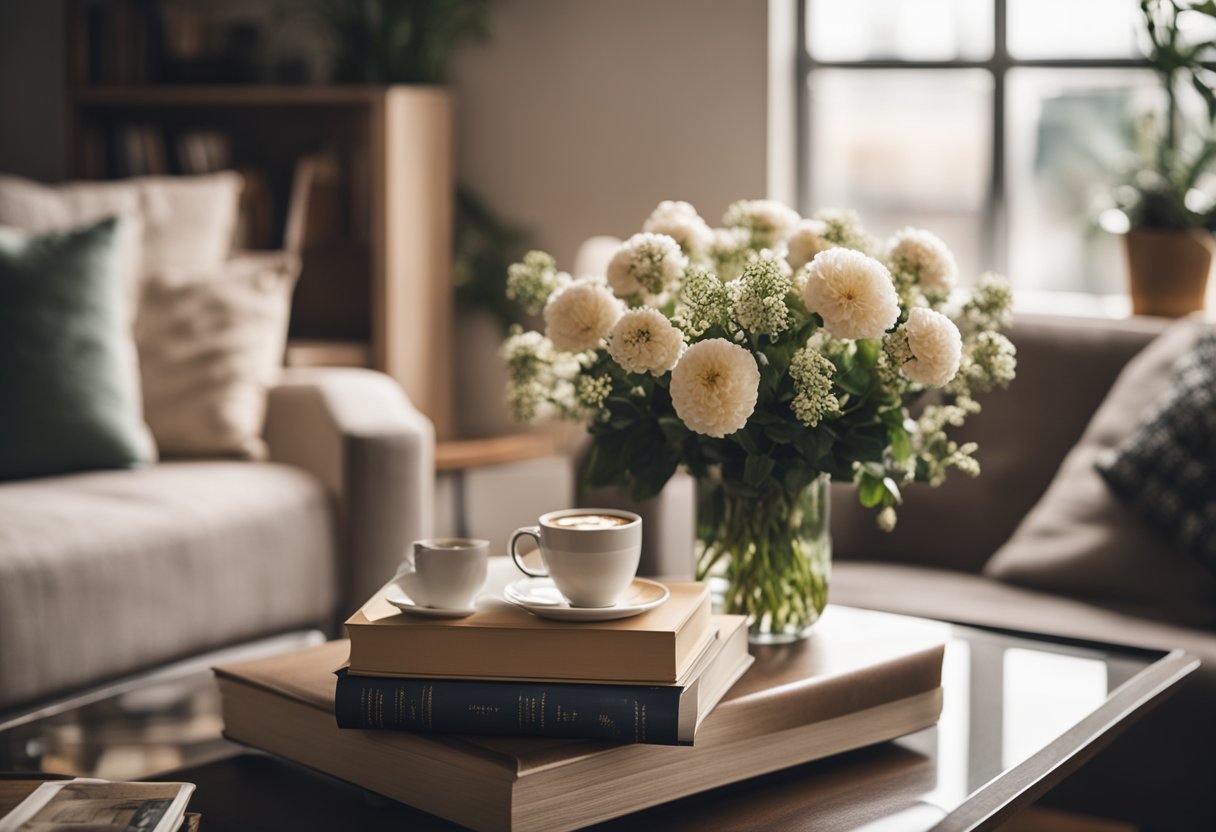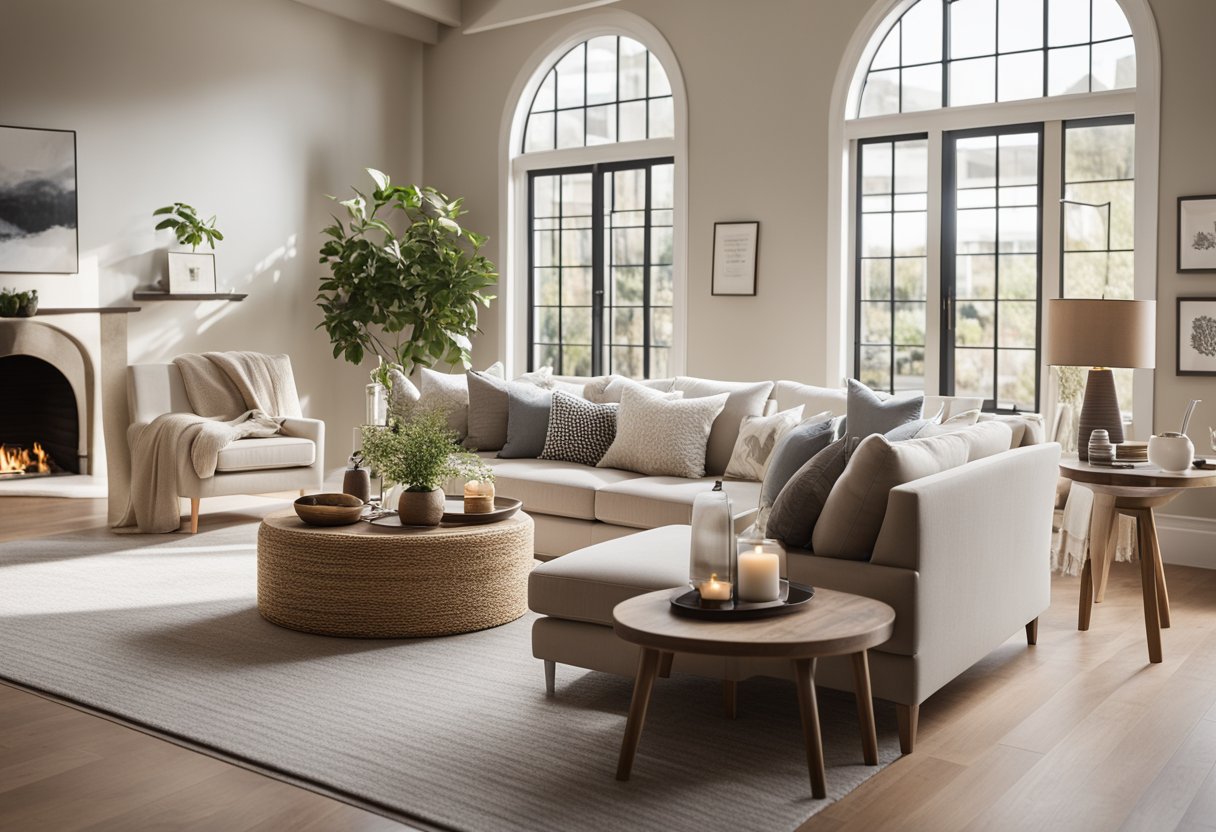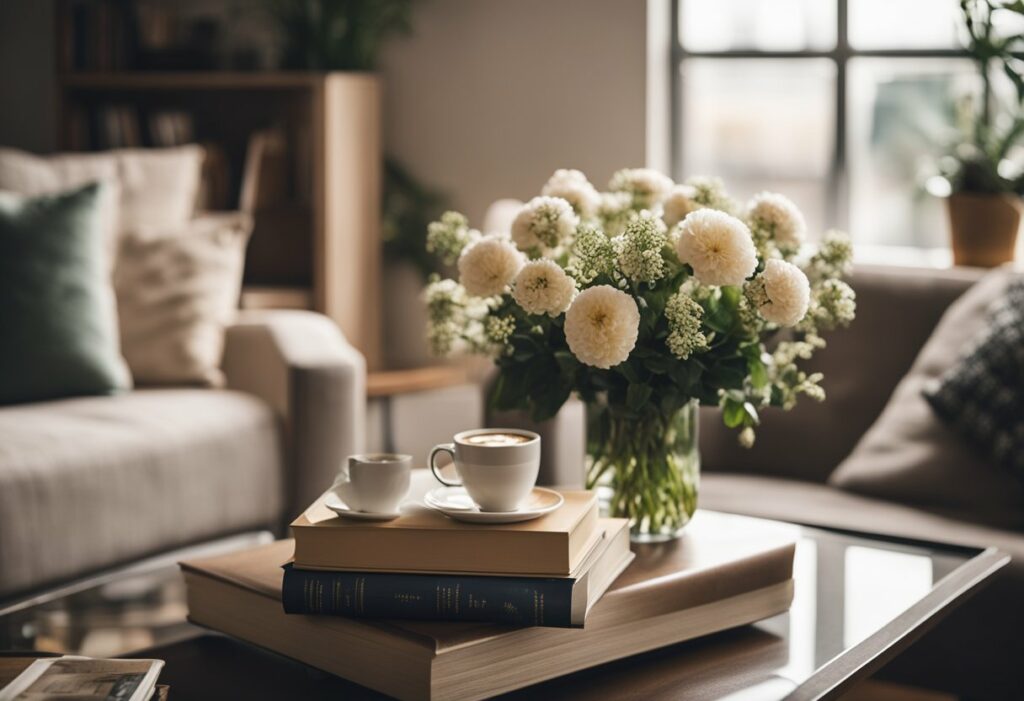Composition in Interior Design: The Art of Arranging Elements for an Exciting Space
Composition in interior design is a crucial aspect that can make or break the overall aesthetic appeal of a living space. It is the art of arranging and organizing design elements in a way that creates a cohesive and visually pleasing environment. The right composition can make a small room feel spacious, a dull room feel vibrant, and a cluttered room feel organized.

Foundations of Composition in Interior Design involve understanding the principles of design such as balance, scale, proportion, harmony, and contrast. These principles help create a sense of visual balance and harmony in a room. The use of colour, texture, lighting, and furniture placement are some of the elements that contribute to the overall composition of a room.
Practical Application in Living Spaces involves applying the principles of design in a way that suits the needs and preferences of the homeowner. Different styles of composition can be used to create different moods and atmospheres, such as a minimalist design for a modern and sleek look or a maximalist design for a more eclectic and vibrant feel. Understanding how to use composition to create a cohesive and functional living space is essential in interior design.
Key Takeaways
- Composition is the art of arranging and organizing design elements in a way that creates a cohesive and visually pleasing environment.
- Understanding the principles of design is crucial in creating a sense of visual balance and harmony in a room.
- Applying the principles of design to suit the needs and preferences of the homeowner is essential in creating a cohesive and functional living space.
Foundations of Composition in Interior Design

As an interior designer, you strive to create beautiful and harmonious spaces that reflect your clients’ tastes and personalities. Achieving this goal requires a deep understanding of the foundations of composition in interior design. In this section, we’ll explore some of the key principles that underpin the art of interior design, including balance, symmetry, form, scale, texture, and colour.
Understanding Balance and Symmetry
Balance and symmetry are two of the most fundamental concepts in interior design. Achieving balance involves arranging elements in a way that creates a sense of equilibrium and stability. You can achieve balance in a variety of ways, such as by using similar objects on either side of a room or by varying the size and shape of objects to create visual interest.
Symmetry, on the other hand, involves creating a mirror image of a space. This can be achieved by placing identical objects on either side of a room or by using a central focal point to anchor the design. Symmetry can create a sense of formality and order in a space, but it can also be used to create a sense of playfulness and whimsy.
The Role of Form and Scale in Composition
Form and scale are two other important concepts in interior design. Form refers to the shape and structure of objects in a space, while scale refers to the size of those objects in relation to the overall space. Using a variety of forms and scales can create visual interest and help to break up large spaces.
When using form and scale in interior design, it’s important to consider the function of the space. For example, a large, open living room may require larger pieces of furniture to fill the space, while a small bedroom may require smaller, more compact furniture to make the most of the available space.
Texture and Colour: Creating Visual Harmony
Texture and colour are two final concepts to consider when designing an interior space. Texture refers to the way that objects feel and look, while colour refers to the hues and shades used in the space. Using a variety of textures and colours can create visual interest and help to create a sense of harmony in a space.
When using texture and colour in interior design, it’s important to consider the mood and atmosphere you want to create. For example, using warm, earthy tones and natural textures can create a sense of calm and relaxation, while using bright, bold colours and sleek, modern textures can create a sense of energy and excitement.
In conclusion, understanding the foundations of composition in interior design is key to creating beautiful and harmonious spaces. By using principles such as balance, symmetry, form, scale, texture, and colour, you can create spaces that reflect your clients’ tastes and personalities while also creating a sense of visual harmony.
Practical Application in Living Spaces

Creating a harmonious interior in a living space is no easy feat, but with a few key design principles, you can achieve a setting that exudes serenity and reflects your unique taste and requirements. Here are some practical tips to help you get started.
Selecting Furniture and Furnishings
Furniture and furnishings are the backbone of any living space, and selecting the right pieces is crucial to achieving a well-composed interior. When choosing chairs, sofas, and side tables, consider their size, shape, and colour. Opt for pieces that complement each other and the overall colour scheme of the room.
Accessorising with Art and Antiques
Art and antiques can add character and personality to a living space. When selecting pieces, consider their scale, style, and colour. A well-placed antique can be a focal point in a room, while a piece of art can tie together the colour scheme of the space. Accessorising with art and antiques is a great way to inject your unique taste into the interior composition.
Creating a Focal Point and Compositional Centre
Creating a focal point and compositional centre is essential to achieving a harmonious interior. A focal point can be anything from a fireplace to a piece of art, while a compositional centre is a point in the room where all the furniture and furnishings converge. When creating a focal point and compositional centre, consider the scale and proportion of the room to ensure that the space feels balanced.
By following these practical tips, you can create a living space that reflects your unique taste and requirements. Whether you are a seasoned designer or just starting, these tips will help you achieve a well-composed interior that exudes serenity and style.
Frequently Asked Questions

What are the essential elements that define the composition in an interior space?
To create a well-composed interior space, designers must consider several essential elements. These include the use of lines, shapes, patterns, and textures. The way these elements are arranged in a space can significantly impact the overall aesthetic and feel of the room. Additionally, designers must consider the use of light, colour, and scale to create a cohesive composition that is both functional and visually pleasing.
How can different types of composition enhance a room’s aesthetic appeal?
There are several types of composition that designers can use to enhance a room’s aesthetic appeal. For example, symmetrical composition can create a sense of balance and harmony, while asymmetrical composition can create a more dynamic and visually interesting space. Radial composition can create a focal point in a room, while grid composition can create a sense of order and structure. By understanding the different types of composition, designers can create unique and engaging interior spaces.
Why is achieving the right balance in interior composition so crucial for design success?
Achieving the right balance in interior composition is crucial for design success because it helps to create a sense of harmony and cohesion in a space. When elements are arranged in a balanced way, they can create a sense of calm and order that is essential for creating a functional and comfortable living environment. On the other hand, an unbalanced composition can create a sense of chaos and discomfort that can detract from the overall aesthetic and functionality of a space.
Can you explain the significance of proportion and scale in interior design composition?
Proportion and scale are essential elements of interior design composition. Proportion refers to the relationship between different elements in a space, while scale refers to the size of those elements in relation to the space as a whole. By understanding proportion and scale, designers can create a sense of balance and harmony in a space that is both functional and visually appealing.
What role does texture play in creating a dynamic interior composition?
Texture plays a crucial role in creating a dynamic interior composition. By incorporating different textures into a space, designers can create a sense of depth and visual interest that can be lacking in a flat, monochromatic space. Additionally, texture can be used to create a sense of contrast and balance, which can help to create a cohesive and visually appealing interior.
How do interior designers utilise colour to compose and elevate a space?
Colour is an essential element of interior design composition. By using colour strategically, designers can create a sense of mood and atmosphere in a space. For example, warm colours like red and orange can create a sense of energy and excitement, while cool colours like blue and green can create a sense of calm and relaxation. Additionally, designers can use colour to create contrast and balance, which can help to create a visually engaging and dynamic interior.



